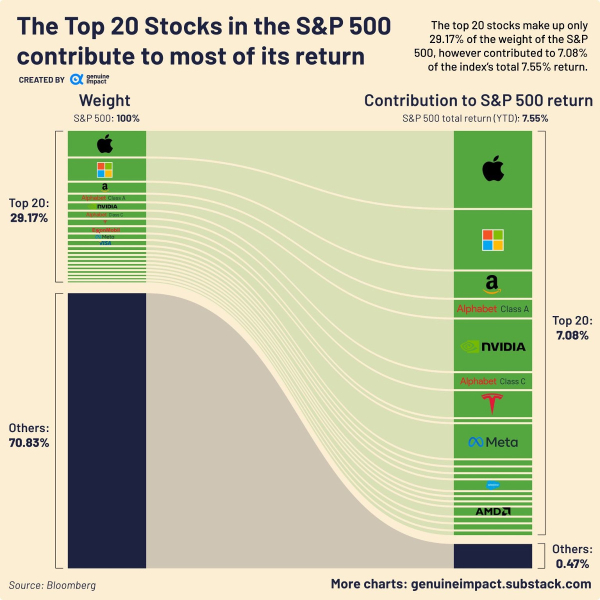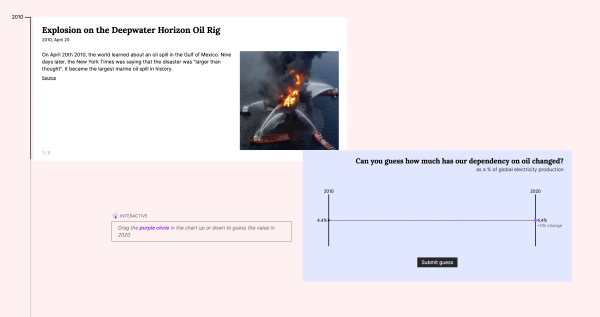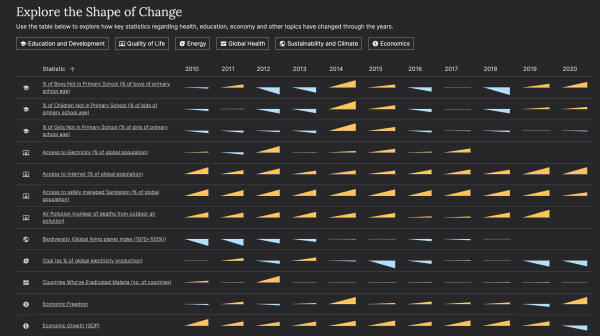Humans are notoriously bad at large numbers. It's hard to wrap our minds around something of that scale. We're wired to think locally and linearly, not exponentially (it's one of the reasons I love AI so much). Here are a couple of ways to help you understand a billion dollars.
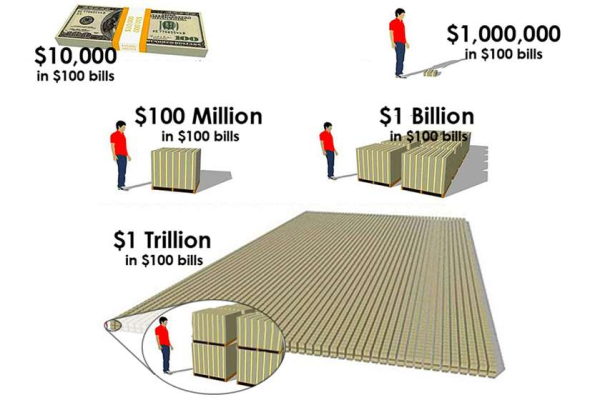 via AskOpinion
via AskOpinion
First, let's look at spending over time. If you were to spend a dollar every second for an entire day, you would spend $86,400 per day. If you have a million dollars, you can do that for approximately twelve days. With a billion dollars, you can do that for over 31 years. Ignoring the difference between net worth and cash, Jeff Bezos could spend $9M per day for over 31 years.
If you make $100k a year, you can earn $1 million in 10 years. At the same rate, it would take you 10,000 years to make $1 billion.
For another example, let's think about spending money. Imagine making $50k a year as the base, and imagine buying a laptop, a car, or a house. Now we're going to shrink the cost of those items, instead of increasing your pay. If you were a millionaire, a laptop might cost the equivalent of $100 dollars, a Porsche, $3,000 dollars, a house, $25,000. Now, let's say you're Mike Bloomberg and you're worth $60B. A laptop is literally worth pennies, a Porsche is less than 60 cents, and your mansion would cost around 500 dollars. You could have everything you ever wanted for a minute fraction of your wealth.
Okay, last one before I show a video …
Let's try explaining it through time. 50,000 seconds is just under 14 hours. A million seconds was 11 days ago. A billion seconds ago from today? 1988. Pretty crazy.
Here's a video from the 1970s that helps you understand scale through the power of tens, and an exploration of our universe.
Eames Office via BetterExplained
Hopefully, that was helpful!
Now that you have this context, Forbes keeps a real-time list of Billionaire's valuations based on the trading data from the previous day.
As I type this, Elon beats out Bernard Arnault (and family) by about 9 billion, coming in at a whopping $226.4B.




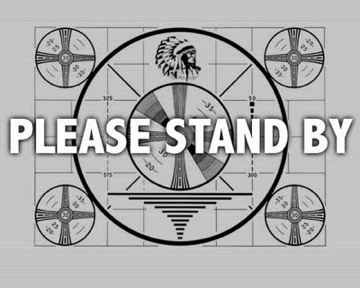

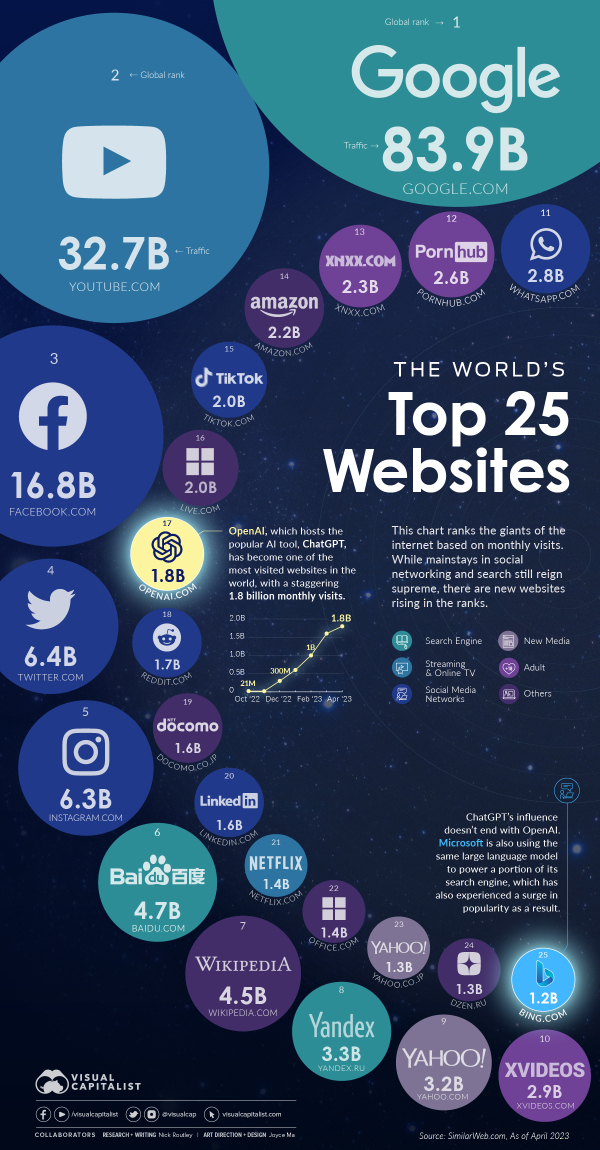
 Pornhub via
Pornhub via 
